We’re excited to introduce you to the always interesting and insightful Janine Etherington. We hope you’ll enjoy our conversation with Janine below.
Janine, thanks for joining us, excited to have you contributing your stories and insights. How did you learn to do what you do? Knowing what you know now, what could you have done to speed up your learning process? What skills do you think were most essential? What obstacles stood in the way of learning more?
I’ve been a painter for over 40 years and have been interested in art from an early age. I attended the Alberta College of Art and Emily Carr University, studying painting and printmaking. For many years I’ve focused on working 2-dimensionally on canvas and paper until, a couple years ago, I got some difficult news that pretty much knocked me off my feet. I remember pushing myself to go to the studio during this time, even though I’d lost my equilibrium, and I really didn’t have it in me to generate a painting. So I picked up the small 3″ x 3″ x 2″ canvases that I had floating around my studio and decided to simply cover them each with a single color, icing them like cake with a thick coat of paint. I did this for a few hours until I had run out of small square canvases. It was a good meditative activity that helped make me feel more grounded.
The next morning, I made my way to the studio and opened the door to this pile of mini canvases, one resting on top of another, at odd angles. The light was sifting in and bouncing off the surfaces creating new reflected colors and a variety of geometric shapes in their shadows. I wondered if I might be able to fix the canvases in place in those angled positions to further play with the light effects, the perspective shifts, and the geometry that revealed itself in those varied positions. That is basically the series of events that brought me to my recent explorations. At some point, I moved from canvases to wood panels so that I could get crisper edges and smoother sides on these square elements. After painting the wood panels for quite some time I started falling in love with the wood grain itself and reached a point that I couldn’t bear to cover it up; I began coloring the wood with stain to accentuate the grain rather than obscure it. The wood grain, and the lines and shapes it contained, ended up becoming a strong feature in many of the pieces that followed.
Having spent years working on a 2-D surface, I am now throwing some new elements into the mix. Although I’m still working with flat surfaces, I’ve added to the complexity by making it multifaceted. Oddly, I’m not thinking sculpture per se, rather just that my ”canvas” has more sides and corners.
In the process of documenting my work with my camera, I started to notice ways the surfaces would sometimes flip in the way I was perceiving them, moving from concave to convex and back again, or sometimes showing no depth at all. I really like that ambiguity and that had become another feature in the work that I was on the lookout for.
My work became focused on invention and perception fueled by curiosity. I eventually developed what I call elements, which are small assemblages that would be purposed to larger pieces. Having a collection of these in front of me on my work table, I’d work intuitively, combining and re-combining them and discovering new ways they could relate to each other and be assembled.
At times I’d give myself some assignment–some limiting factor–that would guide the decision-making in the work, and see where it took me. In a piece entitled Continuum, the challenge was to create a pathway around the cube touching every side but never intersecting with itself, was symmetrical on the cube, and ending where it started. I came up with three different configurations. There are likely many more. Other pieces have an architectural motivation, creating a visual space to inhabit.
Albers Box (after Joseph Albers, famous for his theories on the interaction of colors), started as a color-gradient study using cubes arranged in squares. Wanting to combine them in a single form I decided to connect them in such a way that the connectors were an integral part of the form. As I was assembling the piece, I noticed another form emerge in the negative space that fascinated me; a beautiful cluster of three hexagons. So in some of my work geometry ends up coming to the fore, and making me curious about what other shapes and forms may be hiding within more combinations of cubes. Then there’s the lovely dance of threes and fours and sixes … that is, there being four sides to a square, six sides to a cube, and when you bisect a square on the diagonal and join these cubes you find a triangle.
A piece I called Reconciling Perspectives had an odd start. I had painted each of the six sides of a cube and was considering each side when I encountered this uncomfortable feeling at the thought that I couldn’t see all six sides simultaneously. That led me to think about how our vision is limited and how, although I knew I could turn the cube at any time to reveal the opposite side, I couldn’t actually maintain a constant focus on any more than three sides at a time. To accentuate this dilemma, I built out around each side of the cube, leaving a short tunnel window to view one side at a time, pulling the viewer back and away from the connectedness of the sides that comprise the cube that lies at the center. Each of the conglomerations of mini cubes around each window relates to the view of the side of the cube it surrounds. In the process of making this piece, I found myself thinking about how our perspectives are limited and remembered that different perspectives reveal different aspects of the whole that we may not have previously seen or understood.
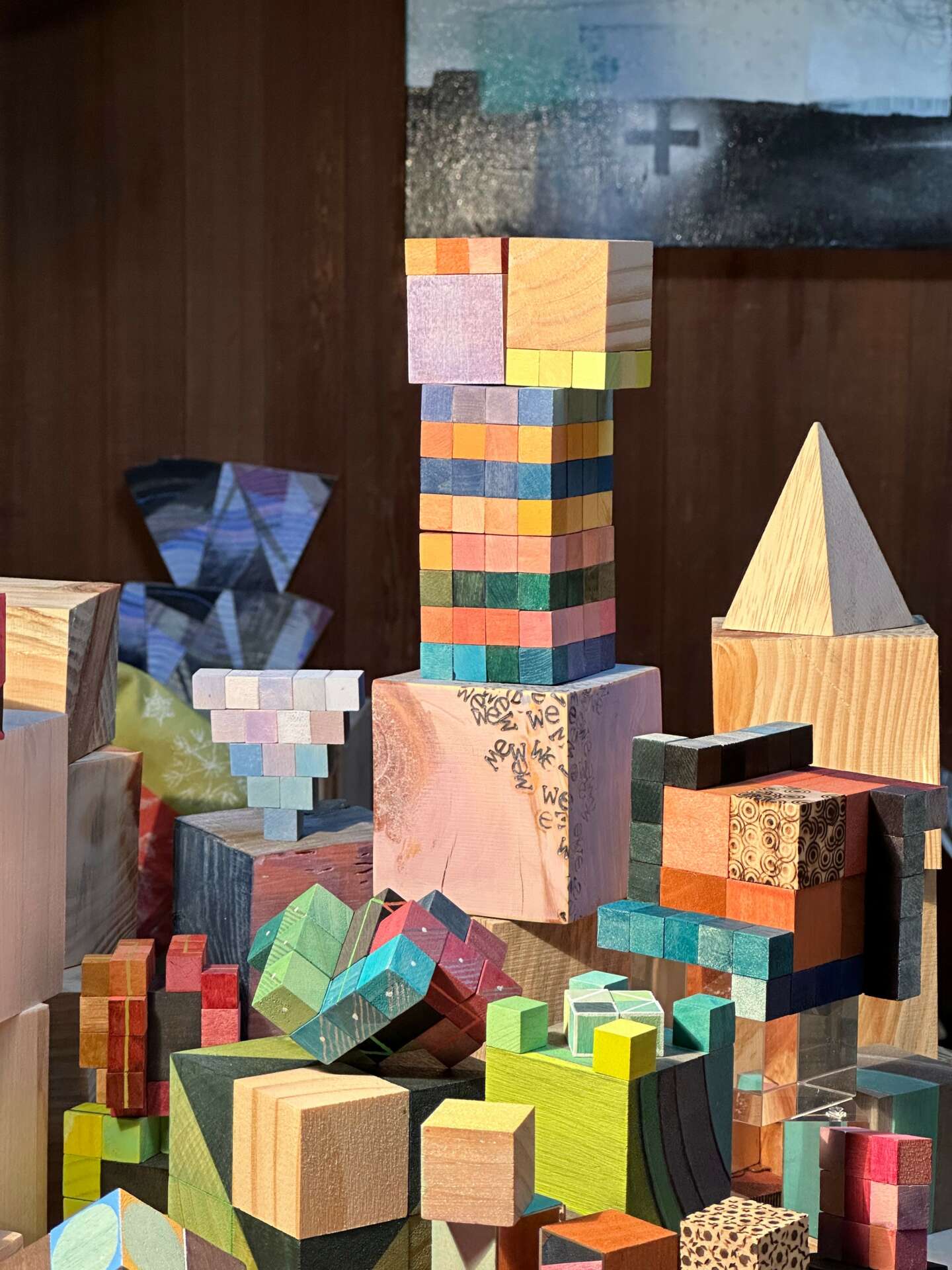
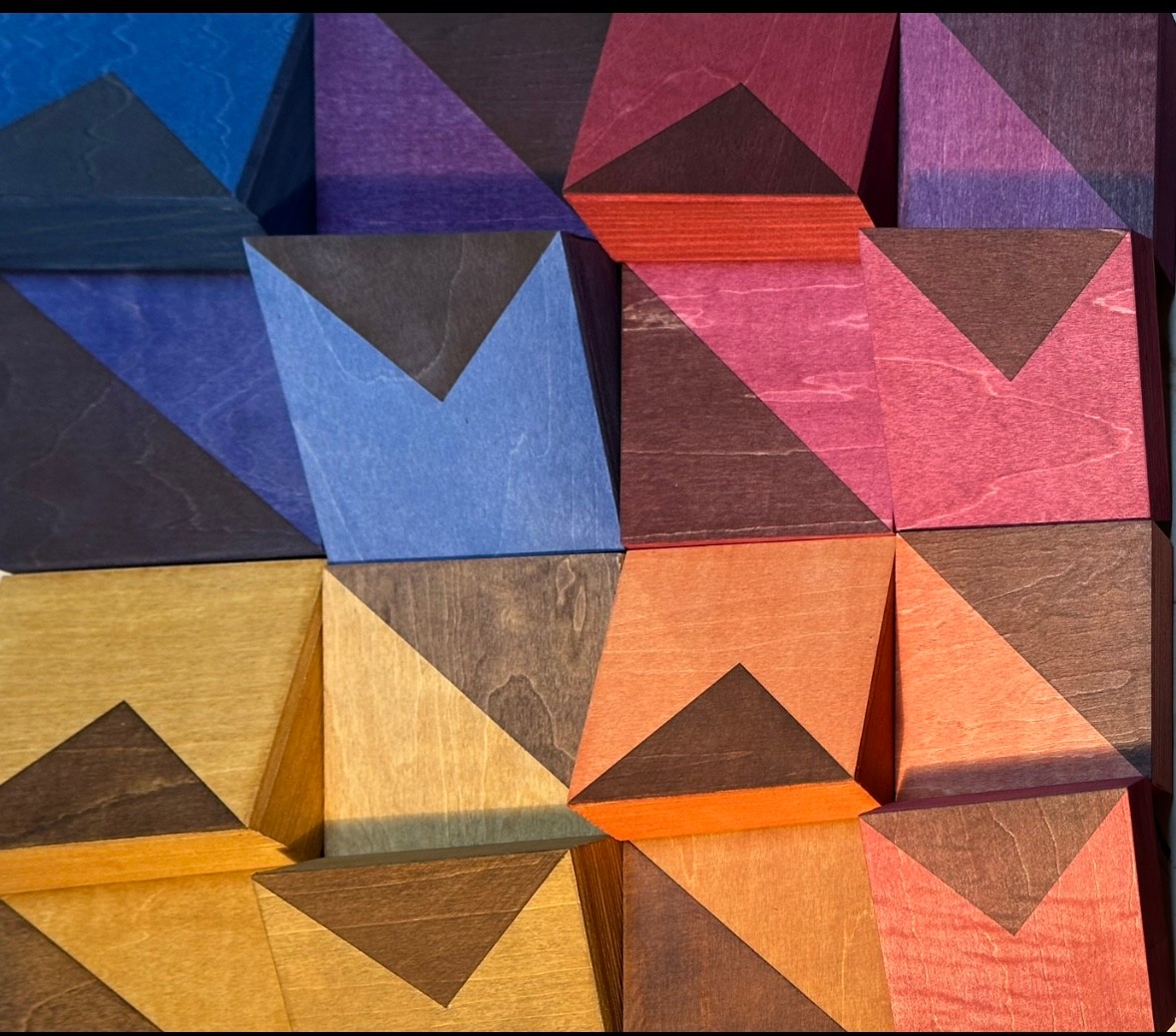
Janine, love having you share your insights with us. Before we ask you more questions, maybe you can take a moment to introduce yourself to our readers who might have missed our earlier conversations?
Apparently I was an observer from a very young age, taking things in and exploring them on paper with crayons. My mother always said I was quiet and very good at entertaining myself. As the fourth of five children, I have distinct memories of retreating from the family hubbub into my own world of shapes and colors. That introspective and visual inclination has never changed and has led me to art college and ongoing workshops and studies. I’ve been commissioned to do everything from architectural drawings and journal covers for publications to book illustration and paintings. My work can be found in collections and galleries across the US, Western Canada, and the UK, and is currently available at LyndonDesign Gallery https://www.instagram.
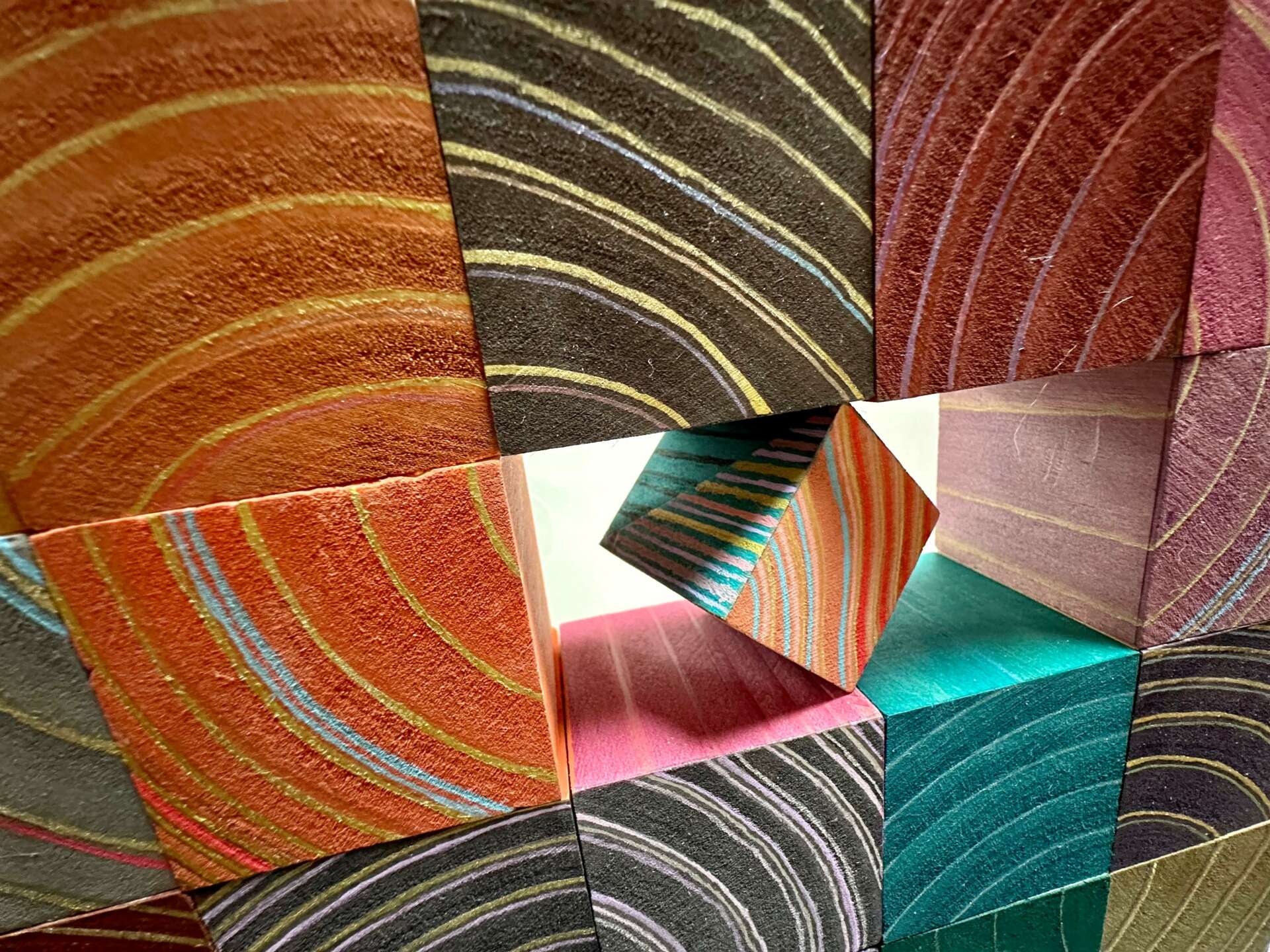
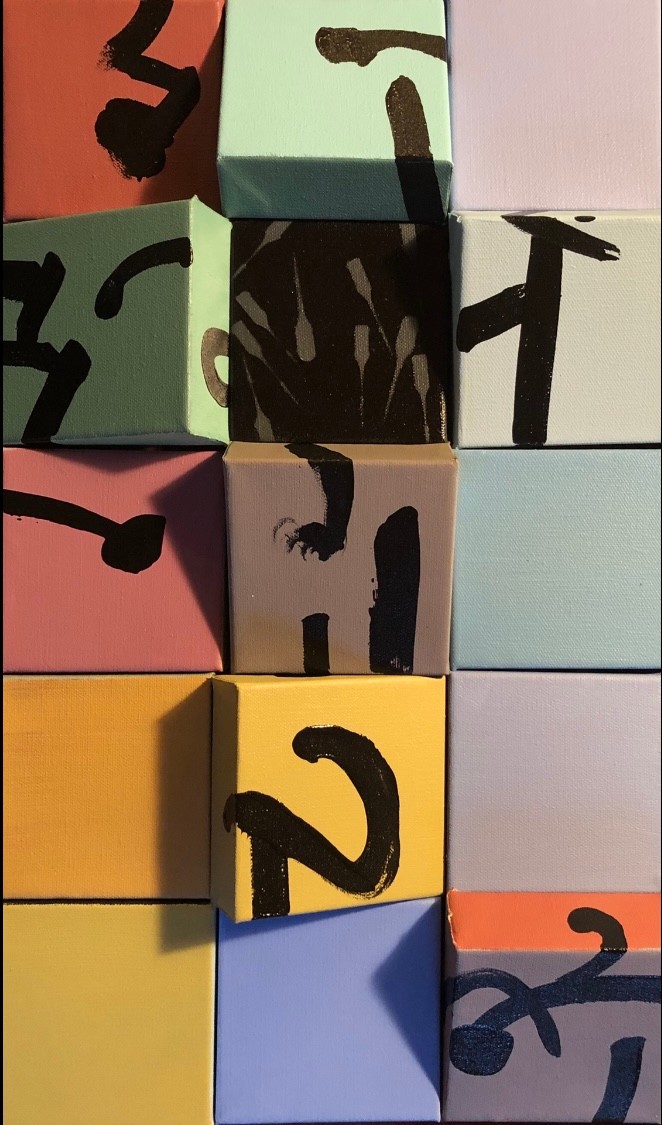
Do you think there is something that non-creatives might struggle to understand about your journey as a creative? Maybe you can shed some light?
After giving an artist talk at one of my recent shows, someone in the audience exclaimed, “Wow! I had no idea that that much thinking went into your work!”
There is so much that culminates in much of the art you see, including intense thought, years of investigation, experience, play, observation, choices and preferences, honing of skills, trial and error, self-directed thought, outer circumstances, location, history, curiosity, etc., etc.. Perhaps that is what gives artwork the potential to be so engaging and fascinating. Artists wear their hearts on their sleeves, or better put, on their chosen ‘canvas’, for everyone to see.
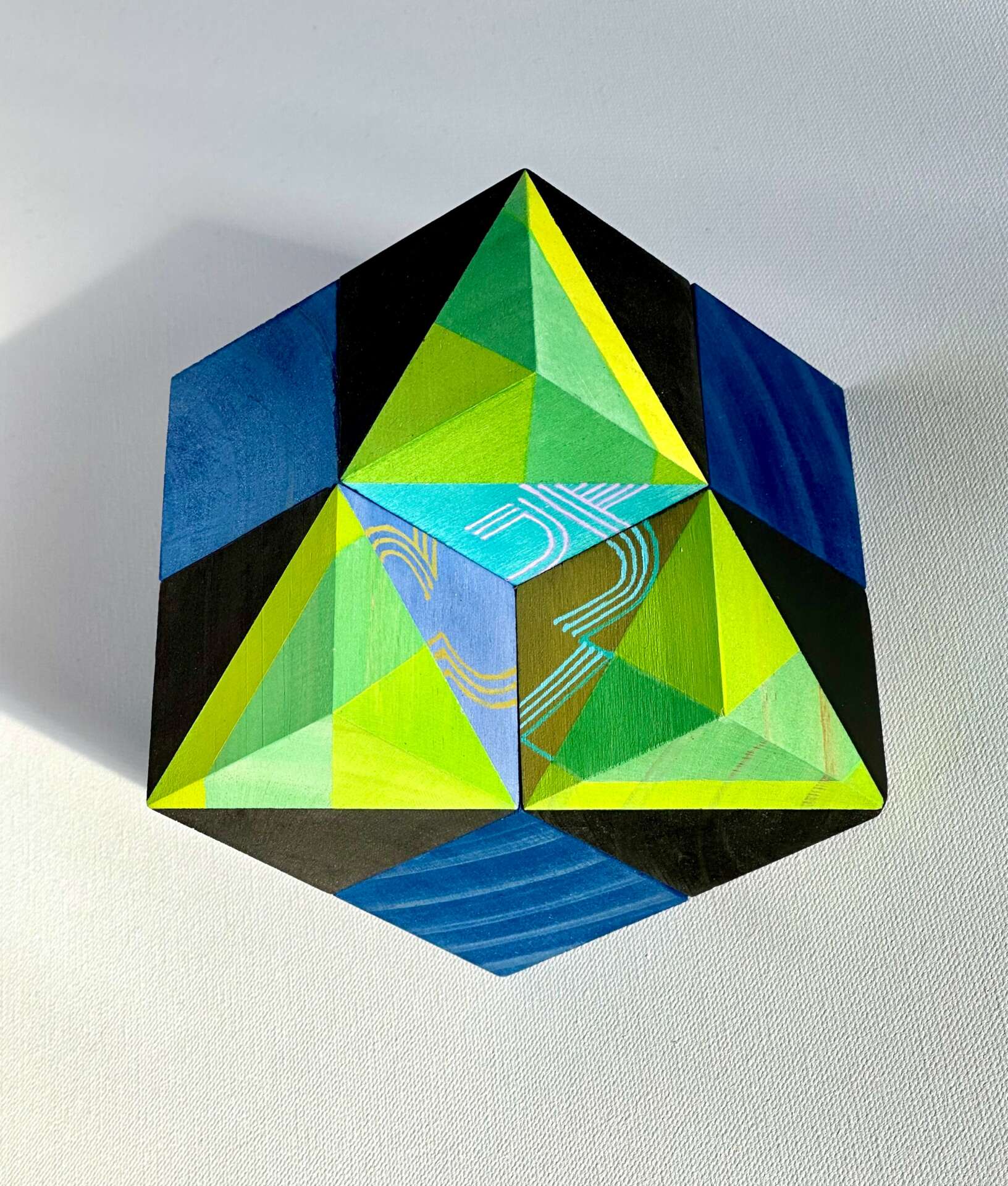

Are there any resources you wish you knew about earlier in your creative journey?
I wish I had joined Instagram sooner than I did. It has been a rich resource for community, connection, inspiration, and opportunities. Galleries have discovered my work there. With judicious use of hashtags, you can easily find like-minded artists and exhibition opportunities as well.


Contact Info:
- Website: janineetherington.com
- Instagram: @janine_etherington_art
- Facebook: @Janine Etherington Art
Image Credits
All images copyright © 2023 Janine Etherington.


